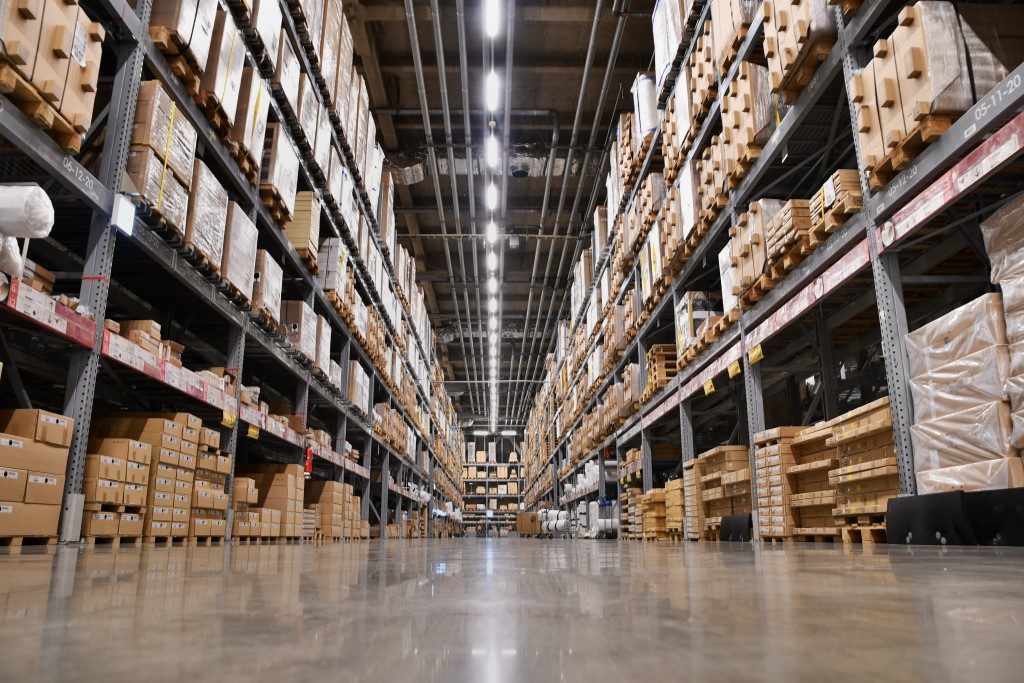A shoe owner does not have to throw away the pair if there is just a minor problem here and there. Cobblers can repair a lot of damage and restore the shoe to look almost new. This means that the pair of old shoes do not have to go straight to the landfill, you save money and do not have to part with an item that has been with you for a while.
The idea to repair an old item instead of discarding it in favor of something newer and more expensive can also be applied to everything else, including your warehouse. Rather than expand the place, consider these smart repairs:
Storage Compartments
A warehouse would have originally been planned with storage compartments to begin with, but with the expansion of your inventory, you might have run out of space. That does not mean you need more physical space when there is still plenty of room in your warehouse that is just not utilized properly. Consider heavy-duty cabinets that utilize the overhead space that used to have no purpose. Tracks can also be installed on the ceiling for storage that will not depend on walls. Now, you just have to decide which items can be stored in these spaces, as their location might be more suited for items that you do not need to take out every so often.
Automation

An old warehouse could still have plenty of room for your inventory, but it might not be working in the most productive setup. Additional storage or manpower is not what you need if this is the case. Consider automation in areas that can be repetitive, such as tracking your wares and determining whether your supplies are low. An automated system will help you know when it’s time to restock or signal the manufacturing department to make changes to their output. Automation is also handy in securing the warehouse so that at the end of the day you are not questioning the security of the items you have in storage. The warehouse holds important items and tools, and you can be crippled if you lose any of them overnight.
Labeling
Companies do not just use smart labels for the aesthetic or for them to be called trendy. These labels go beyond the usual bar code, often coming with embedded QR and surveillance data in them. This means that even as the items leave the warehouse, you can track their location and know if they have reached their destination on time. Even inside the warehouse, smart labels can help you sort out every item and know exactly where they are located. This is especially handy when you have all those new storage compartments installed, as you would not want to go on a blind search just to find what you’re looking for. In a functional warehouse, knowing where everything is at all times is key to minimizing bottlenecks and confusion.
It’s not always the physical size of your warehouse that needs change. Sometimes, it’s the organization inside the available space that determines if your warehouse is enough.



